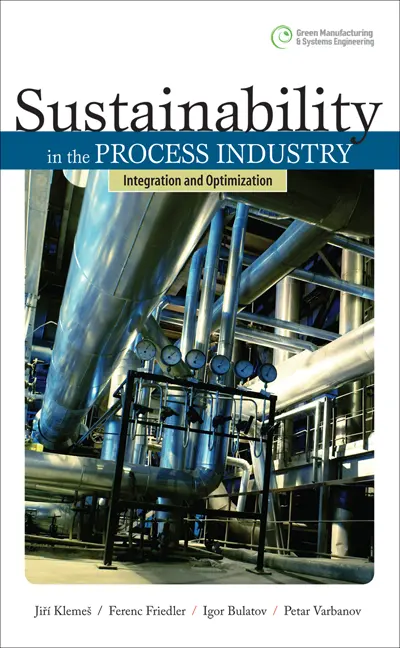My Account Details

ISBN10: 0071605541 | ISBN13: 9780071605540

Step 1 . Download Adobe Digital Editions to your PC or Mac desktop/laptop.
Step 2. Register and authorize your Adobe ID (optional). To access your eBook on multiple devices, first create an Adobe ID at account.adobe.com. Then, open Adobe Digital Editions, go to the Help menu, and select "Authorize Computer" to link your Adobe ID.
Step 3. Open Your eBook. Use Adobe Digital Editions to open the file. If the eBook doesn’t open, contact customer service for assistance.
Publisher's Note: Products purchased from Third Party sellers are not guaranteed by the publisher for quality, authenticity, or access to any online entitlements included with the product. Improve the energy efficiency of process industry practices Sustainability in the Process Industry explains process integration and optimization and discusses applications for improving the energy and water efficiency of industrial as well as nonindustrial energy users. Approaches for adapting these methodologies to include the integration of waste and renewable energy sources are covered. This authoritative text contains eight industrial-based case studies and nine testing examples with developed solutions. Details on software tools are also included in this practical guide. Optimization goals and application areas within sustainable industrial process design and integration Formulating sustainable tasks as optimization problems Improving energy efficiency through process integration Heat exchange and heat recovery Water/mass integration Minimizing water use and efficient generation New, relevant process integration research results Process optimization frameworks, including mathematical programming and P-graph and S-graph frameworks Applications of process integration, modeling, and optimization software tools
Need support? We're here to help - Get real-world support and resources every step of the way.